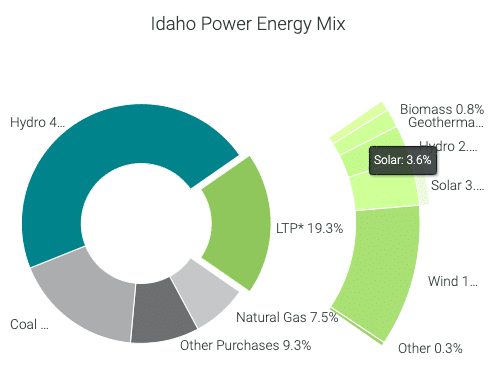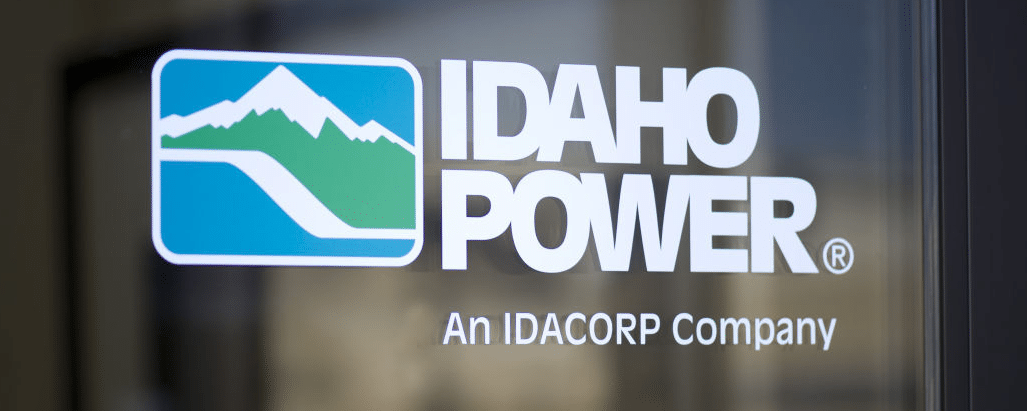If at first you don’t succeed, you can alway file again next year.
Less than two years after Idaho Power attempted to kill net metering in its service area, the utility is at it again. On April 5 Idaho Power asked the Idaho Public Service Commission (IPUC) for permission to rid itself of Schedule 84, the net metering provision it created under orders from IPUC.
The stated reason given by Idaho Power is that its commercial and industrial customers are “increasingly considering” installing large PV systems under net metering, and using Schedule 84 to calculate the return on these systems – which is natural as Schedule 84 is currently what governs compensation for these systems.
Along the way, Idaho Power is trotting out the old, tired myth of the cost shift. And in case you haven’t been reading pv magazine’s coverage for the past three years, this claim that PV system owners are costing other customers’ bills to go up has been repeatedly debunked, including in an analysis by Brookings Institution in 2016. The organization looked at 11 different studies conducted by regulators on the value of solar and concluded that net metering is in fact a net benefit to ratepayers in most cases.
Furthermore, another analysis by Lawrence Berkeley National Lab found that while there is a cost shift when solar penetration levels rise to around 10% of total annual power on the system – a long way from the less than 3.6% of demand in Idaho Power’s energy mix – that any impact on other ratepayers is quite modest.
Nearly all of Idaho Power’s 3.6% comes from large-scale solar. Here the company’s application borders on the absurd, as it has expressed concern about a mere 5.06 MW of distributed solar – including pending applications – under Schedule 84, as well as another 5.79 MW of capacity from irrigation system customers.
100% clean energy, on utility terms
The irony to Idaho Power attempting to keep its customers from going solar is that its request to kill net metering came less than two weeks after it became the second utility in the United State to announce a goal to transition to 100% clean energy by 2045. The utility does not offer a definition of what it means by “clean,” however this almost certainly includes hydropower, which supplied nearly half the power on its system last year.
 But while Idaho Power is announcing a move to replace its coal and gas with renewable energy (or whatever other sources it defines as clean), like Xcel before it, Idaho Power is clearly doing so on terms favorable to a utility. This means large-scale projects which do not threaten the returns it gets from investing in infrastructure.
But while Idaho Power is announcing a move to replace its coal and gas with renewable energy (or whatever other sources it defines as clean), like Xcel before it, Idaho Power is clearly doing so on terms favorable to a utility. This means large-scale projects which do not threaten the returns it gets from investing in infrastructure.
The application to kill net metering appears to be moving forward. And while IPUC staff has recommended that the Commission not suspend Schedule 84 at this time, it has also proposed that the body move forward with an investigation of the utility’s request.
And if this doesn’t work, there is always two years from now.
This content is protected by copyright and may not be reused. If you want to cooperate with us and would like to reuse some of our content, please contact: editors@pv-magazine.com.









By submitting this form you agree to pv magazine using your data for the purposes of publishing your comment.
Your personal data will only be disclosed or otherwise transmitted to third parties for the purposes of spam filtering or if this is necessary for technical maintenance of the website. Any other transfer to third parties will not take place unless this is justified on the basis of applicable data protection regulations or if pv magazine is legally obliged to do so.
You may revoke this consent at any time with effect for the future, in which case your personal data will be deleted immediately. Otherwise, your data will be deleted if pv magazine has processed your request or the purpose of data storage is fulfilled.
Further information on data privacy can be found in our Data Protection Policy.